Learning from data
Understanding Artificial Intelligence

Maarten Van den Broeck
Senior Content Developer at DataCamp
AI functions and areas involved

AI functions and areas involved

Enter Machine Learning (ML)
Machine Learning: learn from data and identify patterns
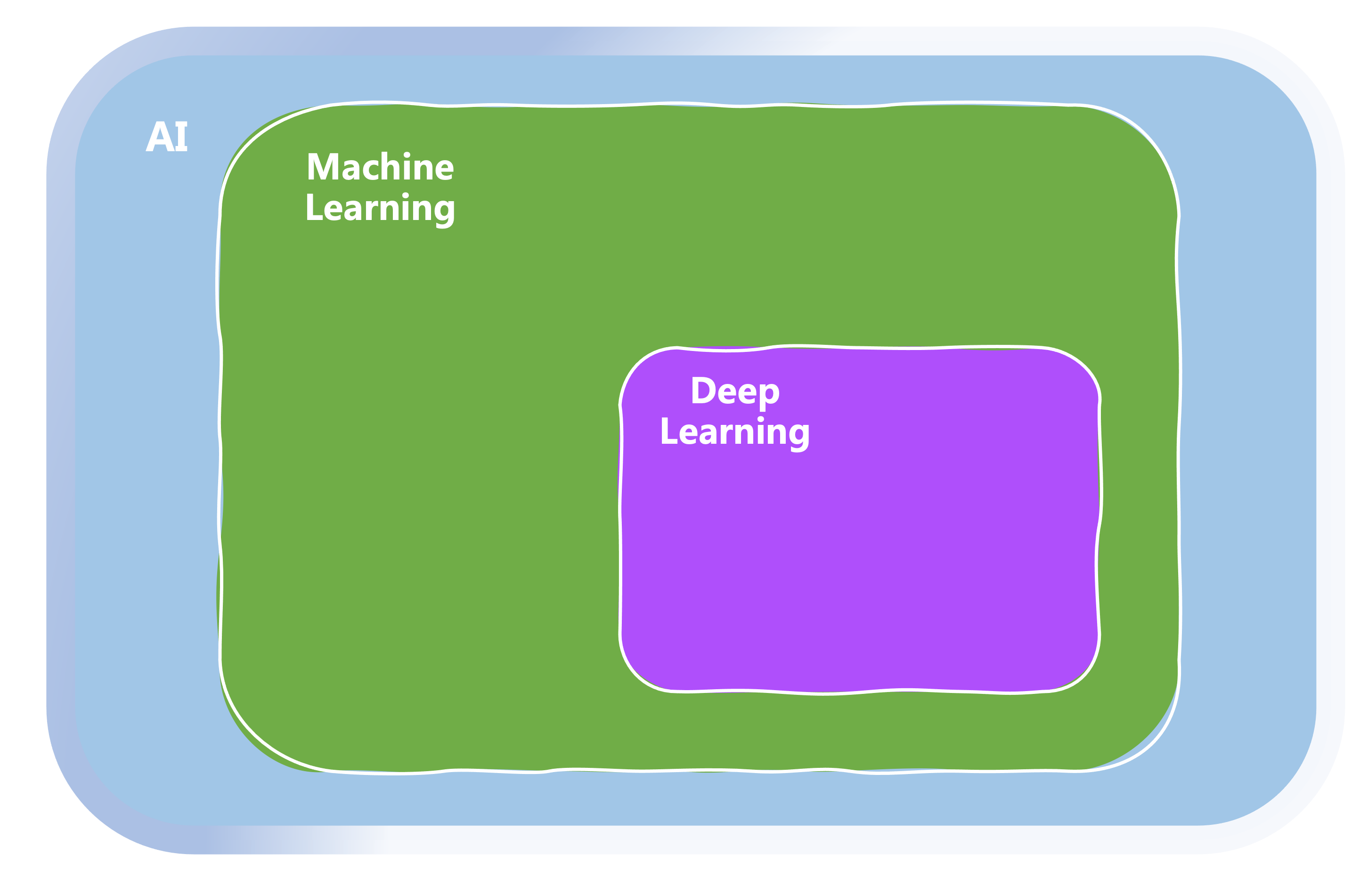
Enter Machine Learning (ML)
Machine Learning: learn from data and identify patterns
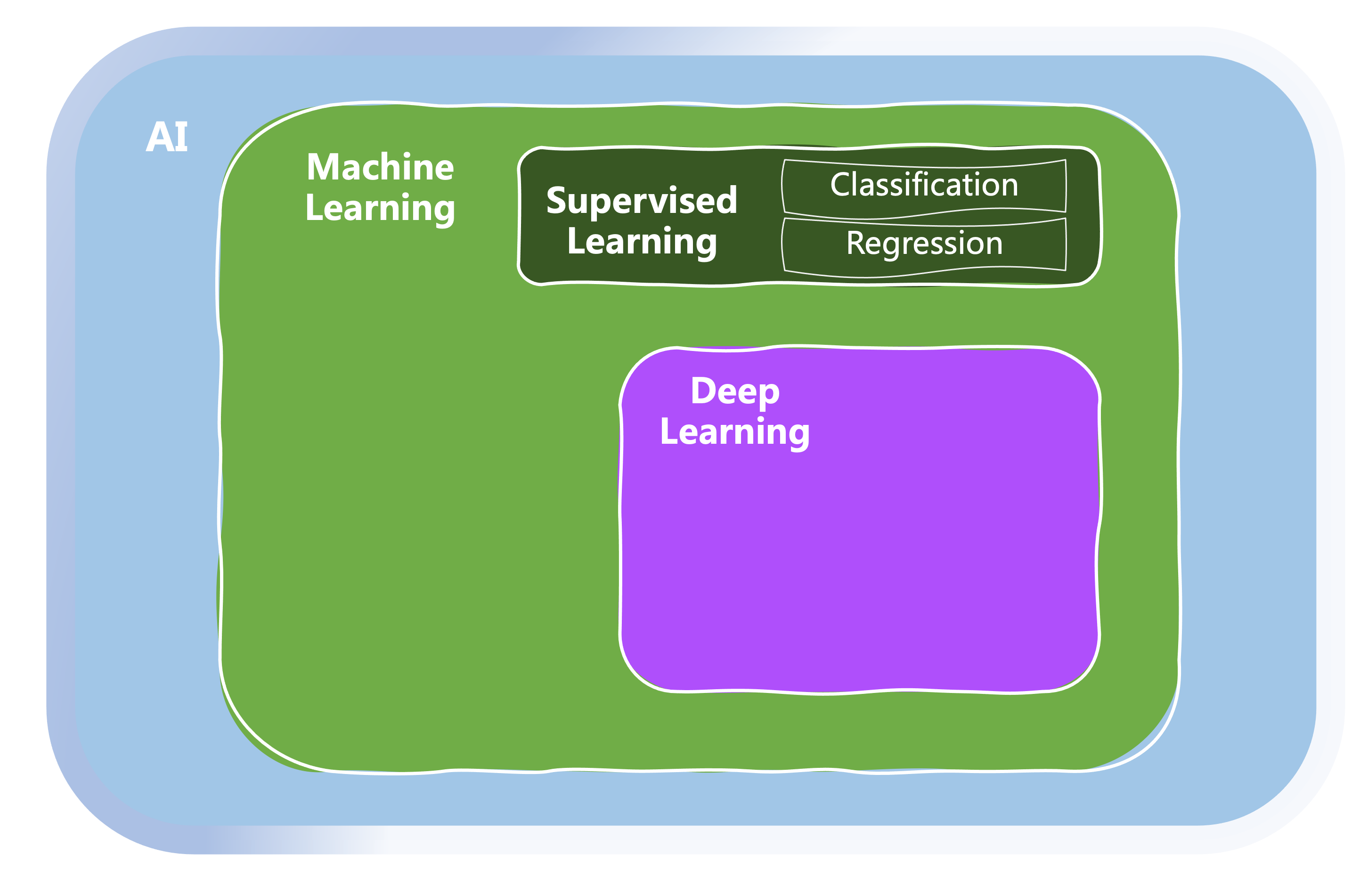
Enter Machine Learning (ML)
Machine Learning: learn from data and identify patterns
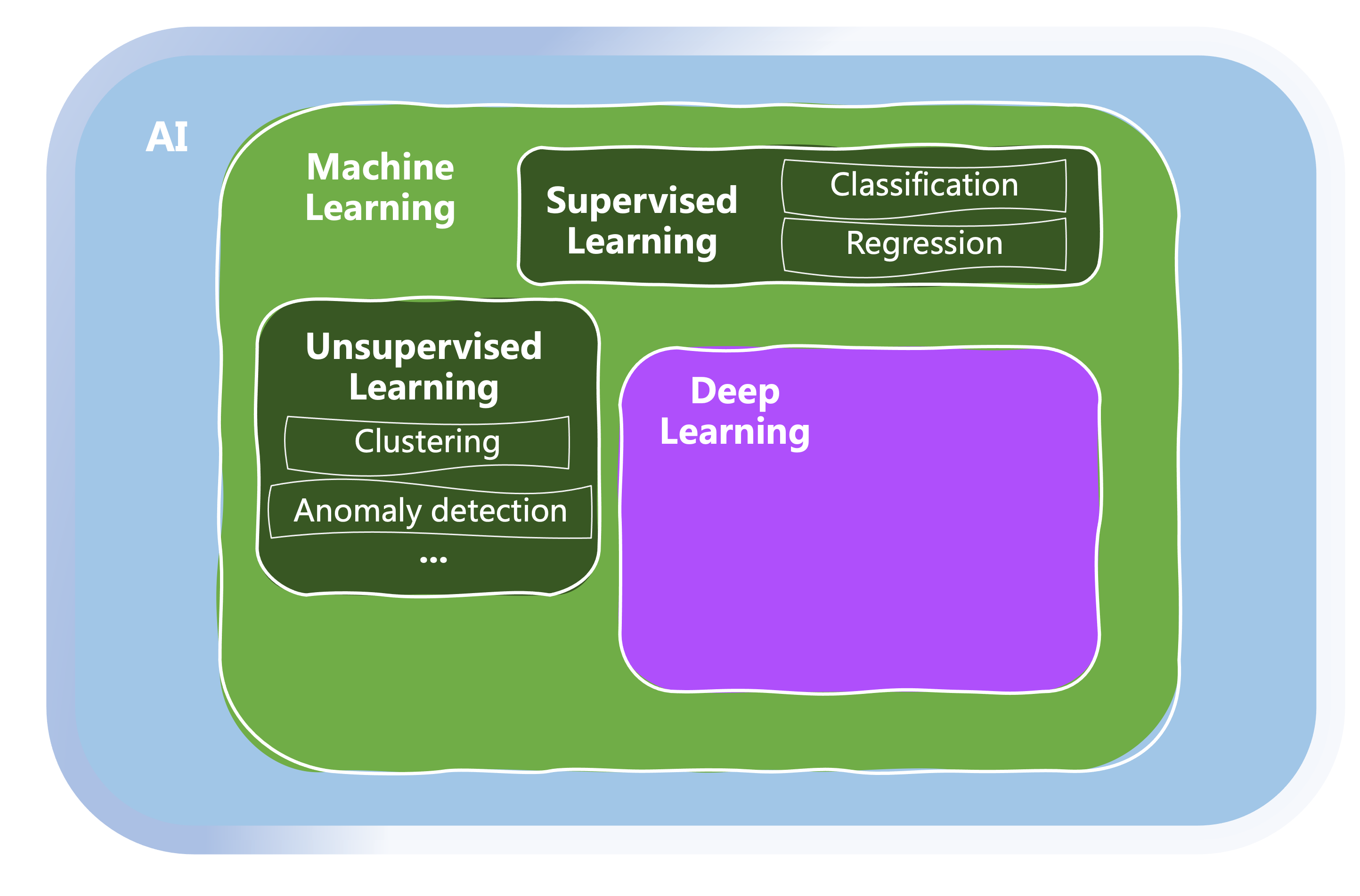
Enter Machine Learning (ML)
Machine Learning: learn from data and identify patterns

Enter Machine Learning (ML)
Machine Learning: learn from data and identify patterns
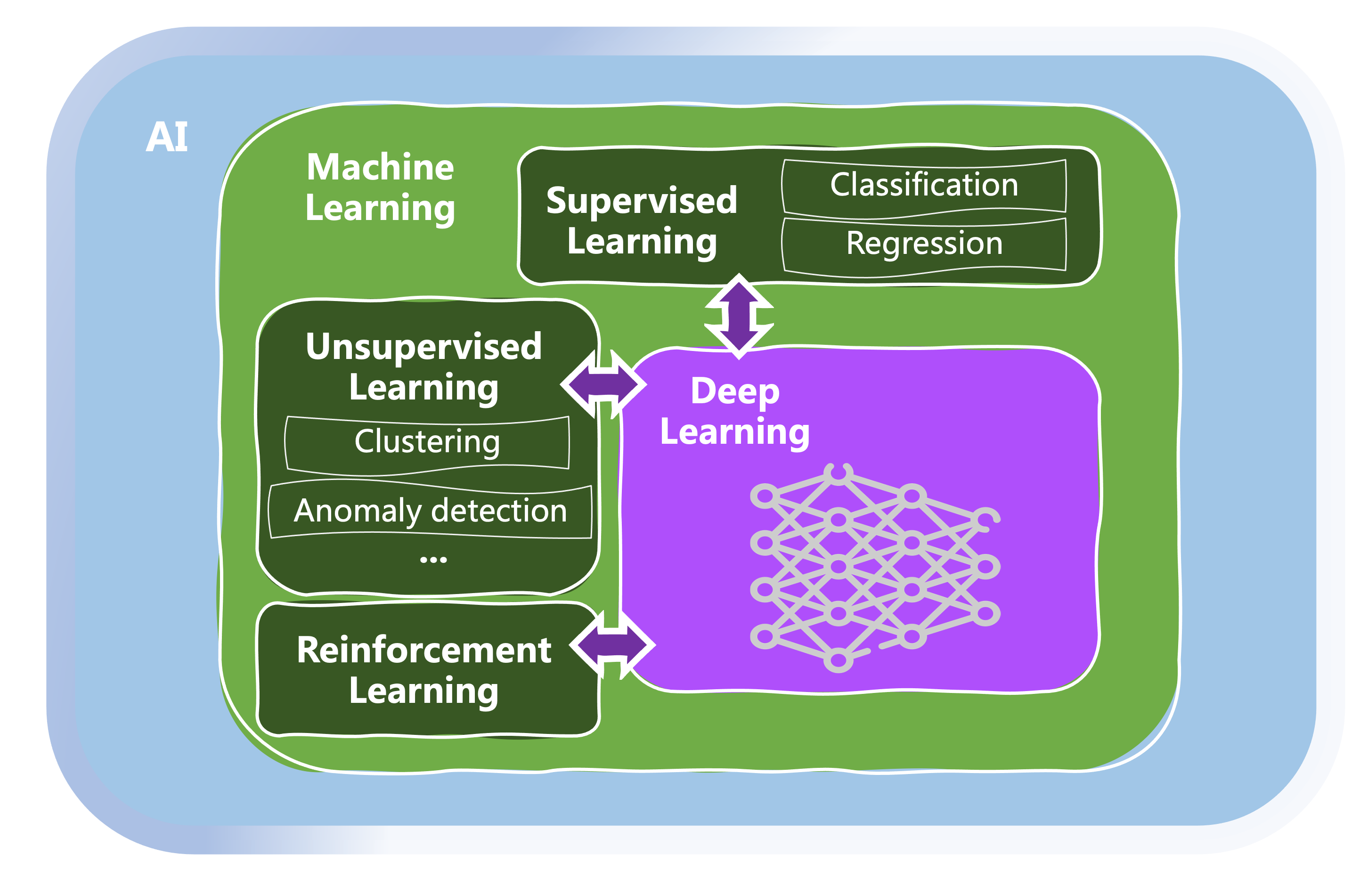
Supervised Learning: classification
Classification: assign each data observation the category (class) it may belong to
- Binary classification: two classes, e.g. positive/negative, male/female, etc.

Supervised Learning: classification
Classification: assign each data observation the category (class) it may belong to
- Binary classification: two classes, e.g. positive/negative, male/female, etc.
- Multi-class classification: several mutually exclusive classes, e.g. multiple species
Supervised learning: Data annotation (getting labelled observations with known class a priori) needed to learn/train a model capable of making inference

Supervised Learning: regression and forecasting
Regression: assign each data observation a numerical output or label based on its inputs

Time series forecasting: predict future values of variable, based on its past behavior

Unsupervised and reinforcement learning
Clustering: find subgroups of data with similar characteristics (e.g. k-means algorithm)
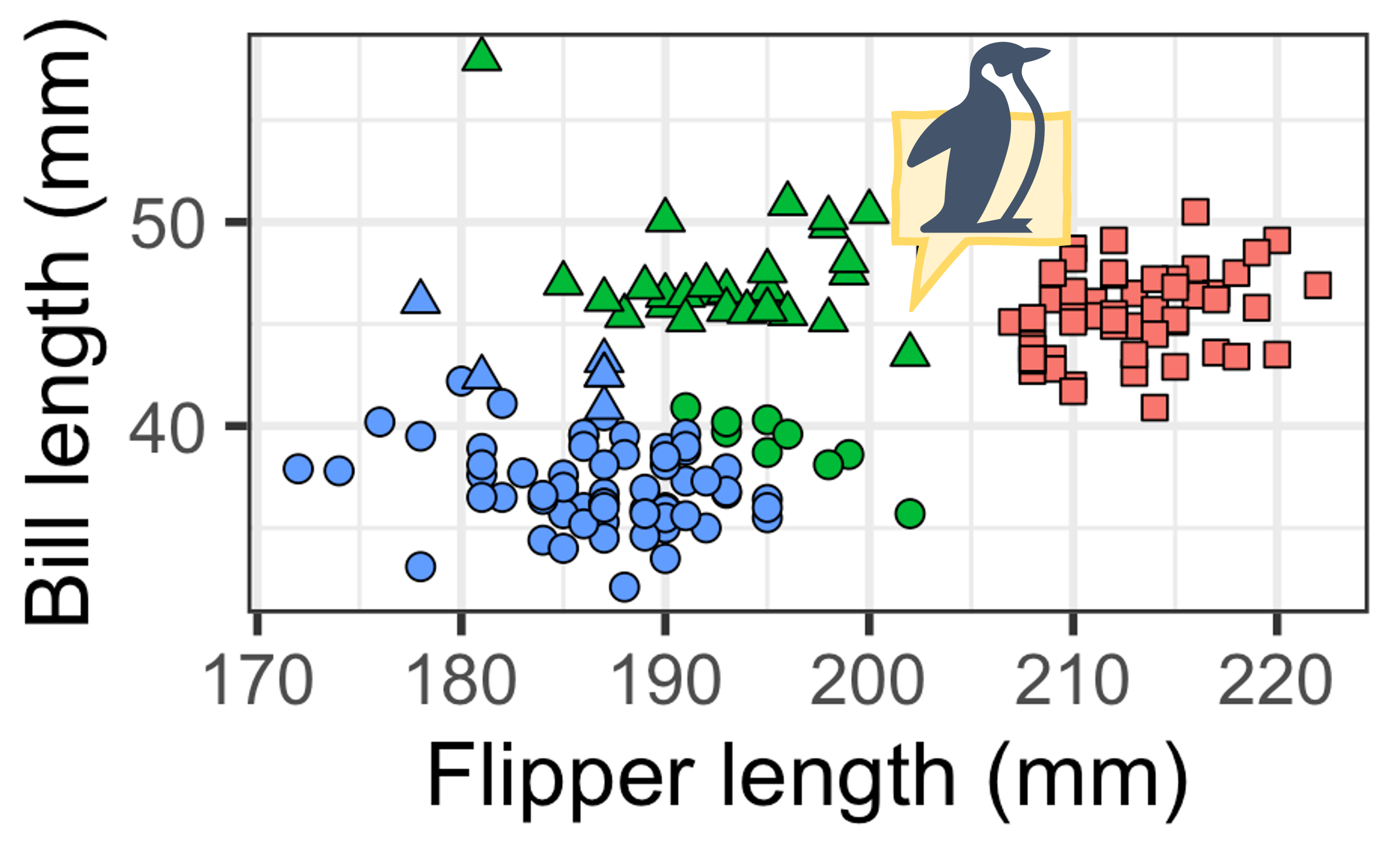
Anomaly detection: detecting abnormal data observations e.g. unusual card transactions
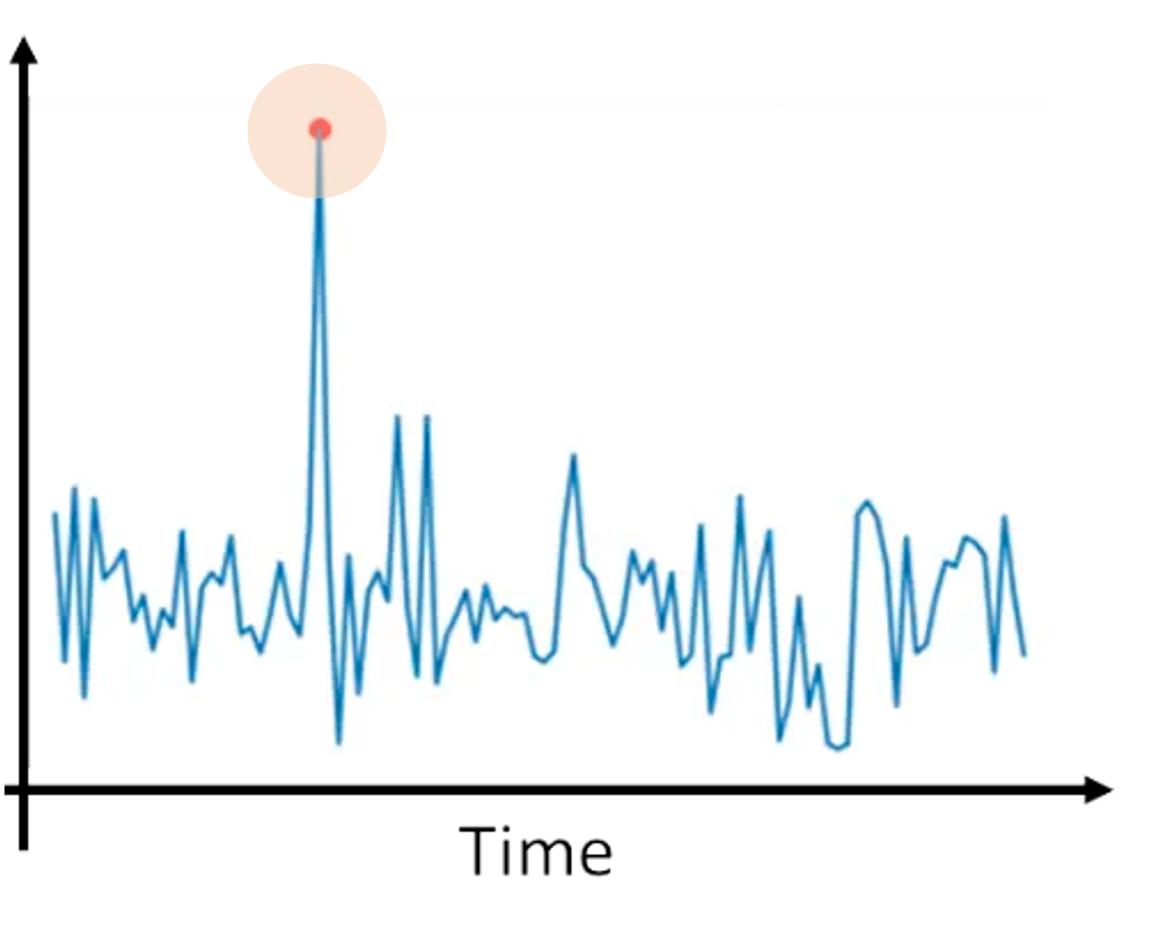
Association rule discovery: find common co-occurrences of items in transaction data
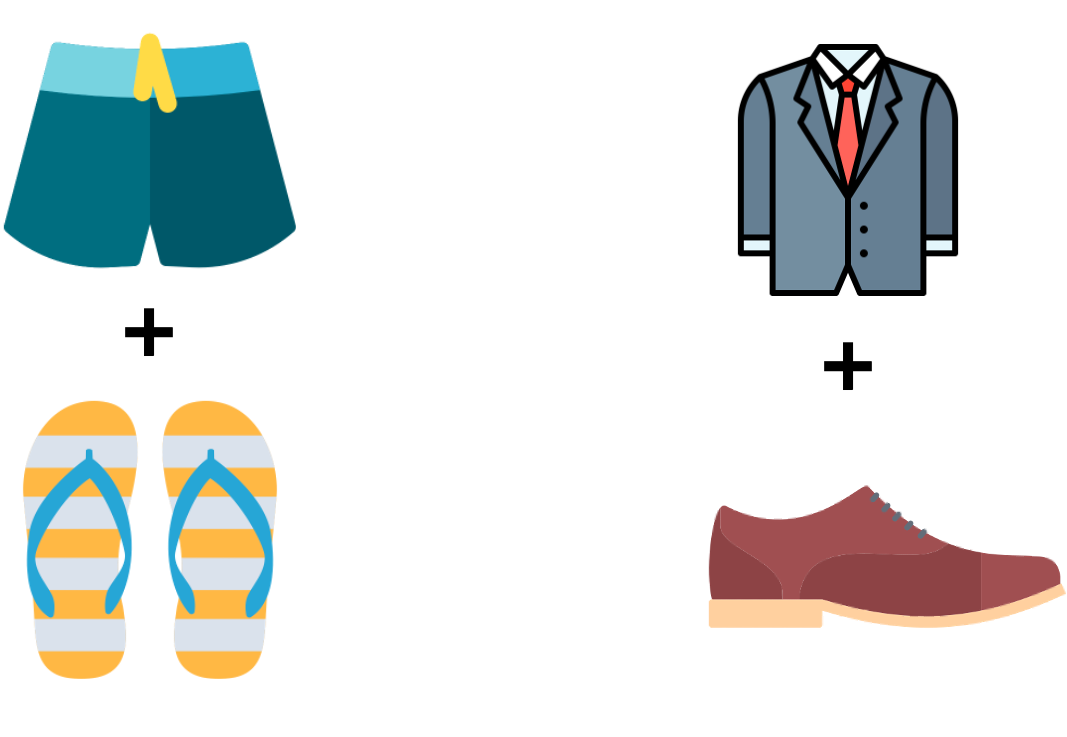
Reinforcement learning: learn by experience (trial and error) to master a complex task

How about Deep Learning?
Highly sophisticated models based on deep neural networks: solve very challenging tasks where classical ML models become limited
Learn from data as a human brain would do
Need a lot of data to learn: sometimes millions of observations
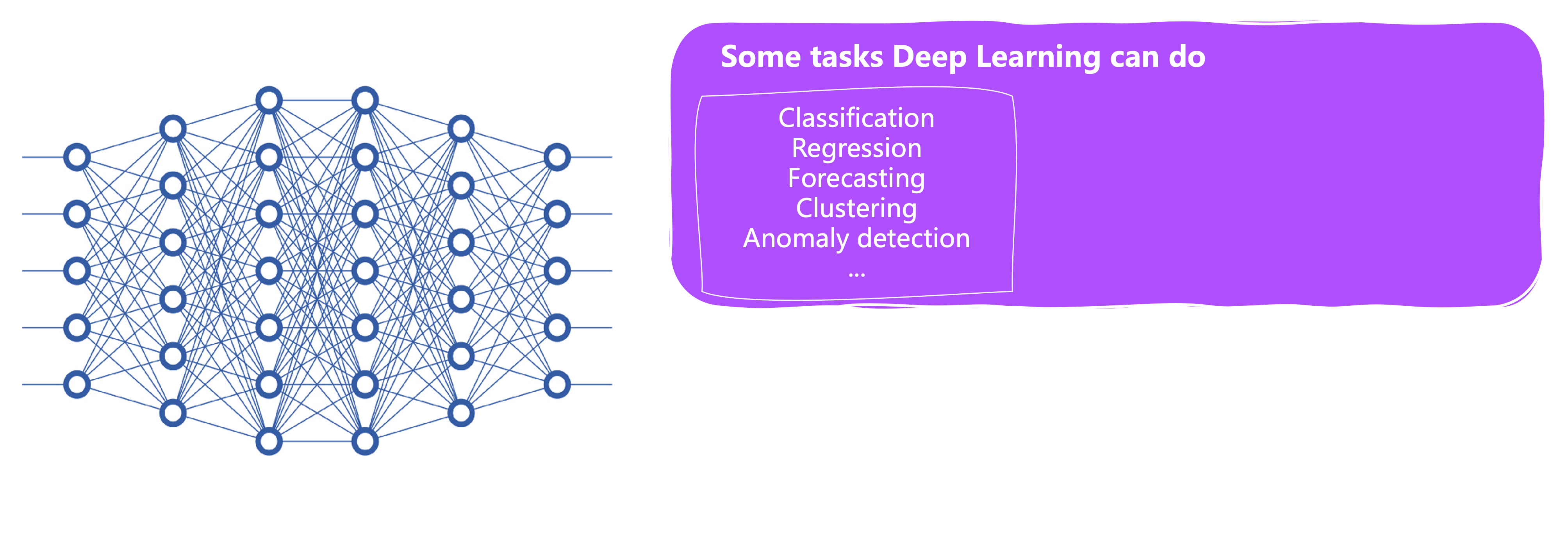
How about Deep Learning?
Highly sophisticated models based on deep neural networks: solve very challenging tasks where classical ML models become limited
Need a lot of data to learn: sometimes millions of observations
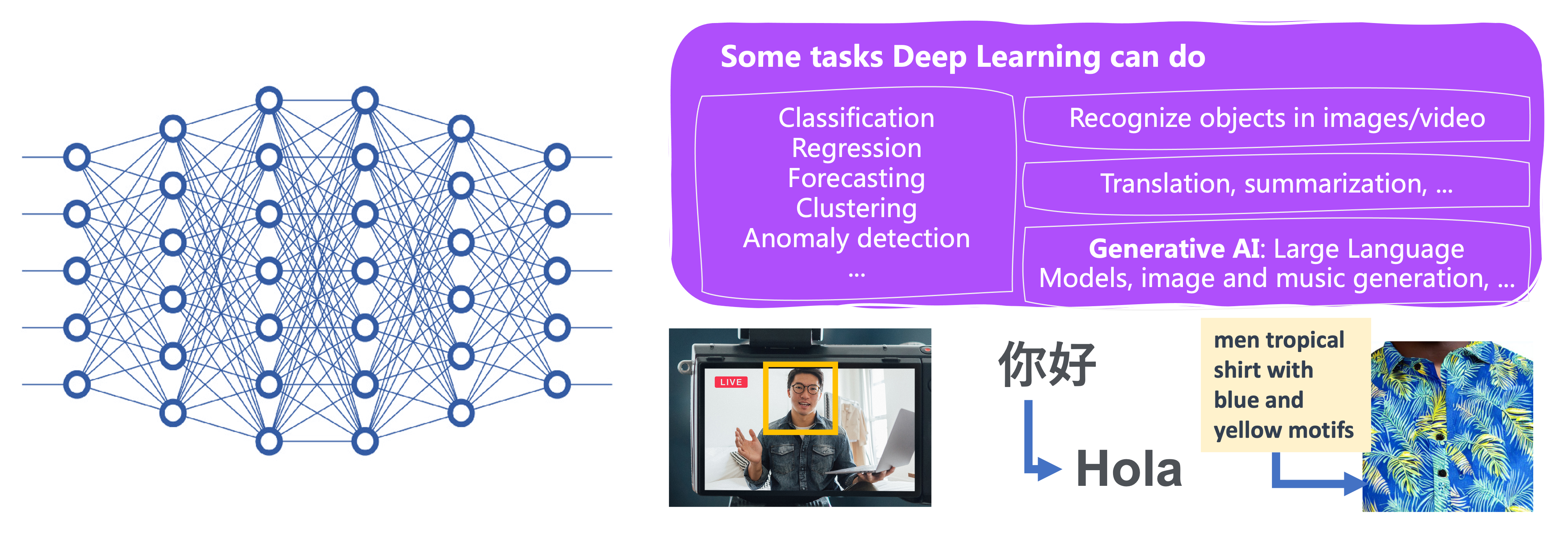
Let's practice!
Understanding Artificial Intelligence

